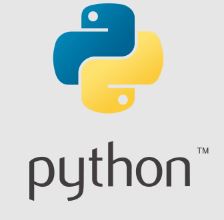Category: learn
Python’s list() Function
Python’s list() function is a powerful tool for creating lists from iterable objects. In this comprehensive guide, we’ll explore the…
Python’s len() Function
Python’s len() function is a fundamental tool for obtaining the length of sequences such as strings, lists, tuples, and more….
Python’s slice() Function
In Python, the slice() function is a powerful tool for efficiently slicing sequences. This article aims to provide a comprehensive…
Python’s filter() Function: Iterative Filtering
Python’s filter() function is a powerful tool for performing iterative data filtering based on a given condition. In this article,…
Immutable Sets: Exploring Python’s frozenset() Function
Python’s frozenset() function provides a powerful tool for creating immutable sets, allowing developers to store unique and immutable collections of…
Learn Python
Getting Started with Python Introduction to Python Installing Python Setting up Your Development Environment Your First Python Program Python IDEs…
Python : Building Powerful Context Managers and Decorators
Python’s context managers and decorators are indispensable tools for creating clean, concise, and efficient code. In this article, we’ll explore…
Mastering Python’s Power: Exploring Advanced Decorators and Context Managers
Python’s decorators and context managers are powerful tools that enhance code readability, maintainability, and functionality. In this article, we’ll delve…
Python in Practice: Mastering Database Management with ORM Techniques
Python’s versatility extends to its ability to interact with databases efficiently. In this article, we’ll dive into Object-Relational Mapping (ORM)…
Python: Exploring Advanced Asynchronous HTTP Requests and Future Trends
Asynchronous HTTP requests in Python have become instrumental in building high-performance web applications. In this article, we’ll explore advanced techniques…








